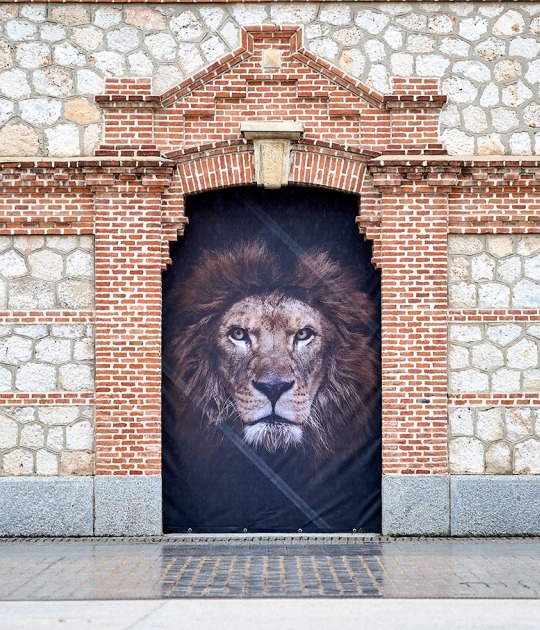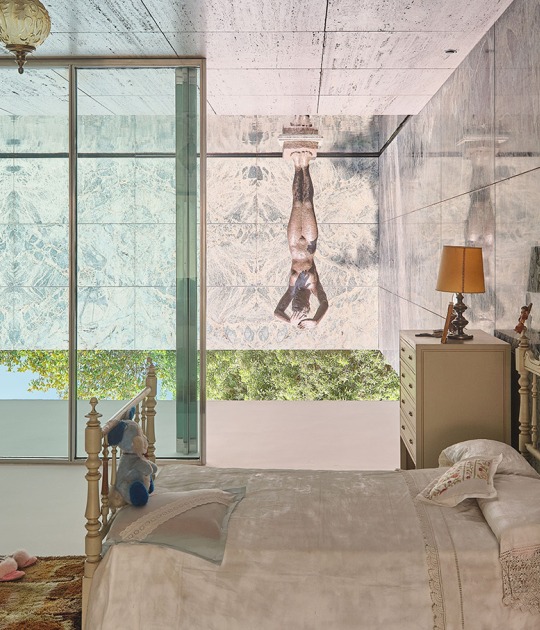“I am a builder of virtual cities. I think of my images as bricks that, when placed next to each other, reveal shapes and meanings of neglected urban communities.”
Txt.- Camilo José Vergara
Resident in the United States for decades, his work has always been quiet and it has happened on this occasion with the prize (the National Humanities Medal) awarded by Barack Obama (it was barely referenced in traditional mass media). When I was teaching in Barcelona I introduced the work by this Chilean photographer on many occasions. I descovered his work through a museum exhibition in MACBA, Barcelona, a retrospective entitled "The New American Ghetto." And although in Madrid was not well known, in Alcalá I was discovered that Daniel Zarza is his friend and we invite twice.
Vergara does not disappoint in person, speaking slowly as if trying not to forget your native language, the Spanish, and he speaks about his amazing work with the ease of someone who has spent four decades convinced of the value of his work. He was the first to come to Detroit, others photographers following his steps and they arrived to the city searching the ruins of our contemporaneity, but none have devoted so much time and passion to the realization of their bright and remarkable photographs. Camilo Jose Vergara has a highly recommended website with an interesting selection of over 2,500 images, where you can read a statement of intent on his job.
Txt.- José Juan Barba
“For more than four decades I have devoted myself to photographing and documenting the poorest and most segregated communities in urban America. I feel that a people’s past, including their accomplishments, aspirations and failures, are reflected less in the faces of those who live in these neighborhoods than in the material, built environment in which they move and modify over time. Photography for me is a tool for continuously asking questions, for understanding the spirit of a place, and, as I have discovered over time, for loving and appreciating cities.
My focus is on established East Coast cities such as New York, Newark and Camden; rust belt cities of the Midwest such as Detroit and Chicago; and Los Angeles and Richmond, California. I have photographed urban America systematically, frequently returning to re-photograph these cities over time. Along the way I became a historically conscious documentarian, an archivist of decline, a photographer of walls, buildings, and city blocks. Bricks, signs, trees, and sidewalks have spoken to me the most truthfully and eloquently about urban reality.
I did not want to limit the scope of my documentation to places and scenes that captured my interest merely because they immediately resonated with my personality. In my struggle to make as complete and objective a portrait of American inner cities as I could, I developed a method to document entire neighborhoods and then return year after year to re-photograph the same places over time and from different heights, blanketing entire communities with images. Studying my growing archive, I discover fragments of stories and urban themes in need of definition and further exploration. Wishing to keep the documentation open, I include places such as empty lots, which as segments of a sequence become revealing. I observe photographic sequences to discover how places evolve, and to formulate questions. I write down observations, interview residents and scholars, and make comparisons with similar photographs I had taken in other cities. Photographs taken from different levels and angles, with perspective-corrected lenses, form a dense web of images, a visual record of these neighborhoods over time.”
Txt.- Camilo José Vergara






























